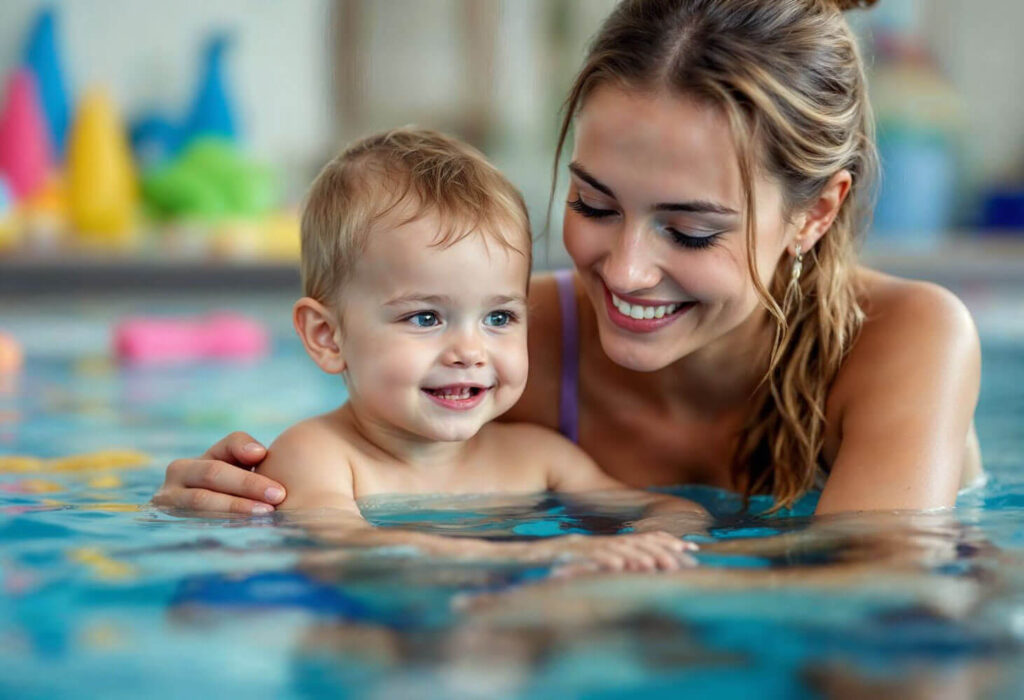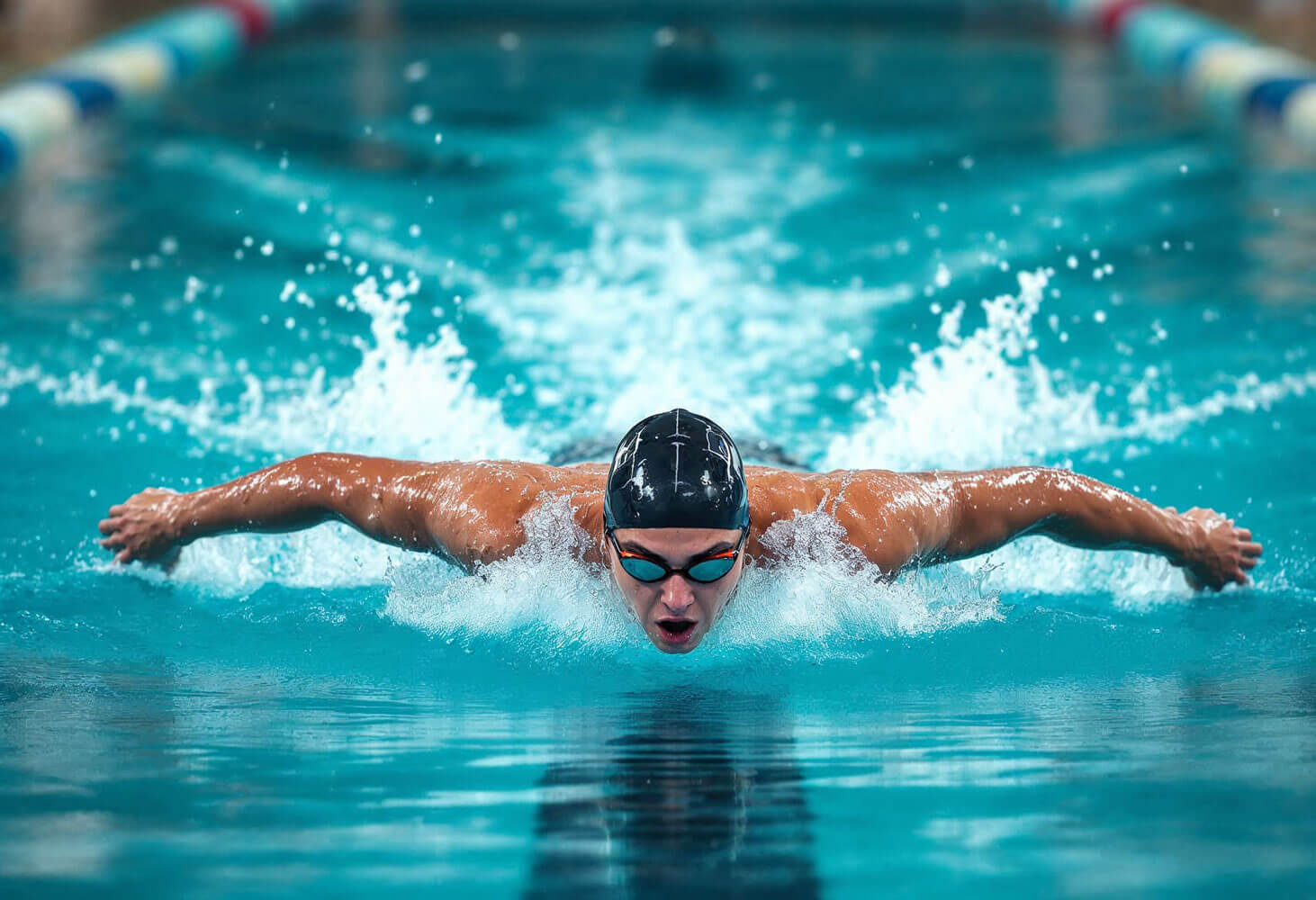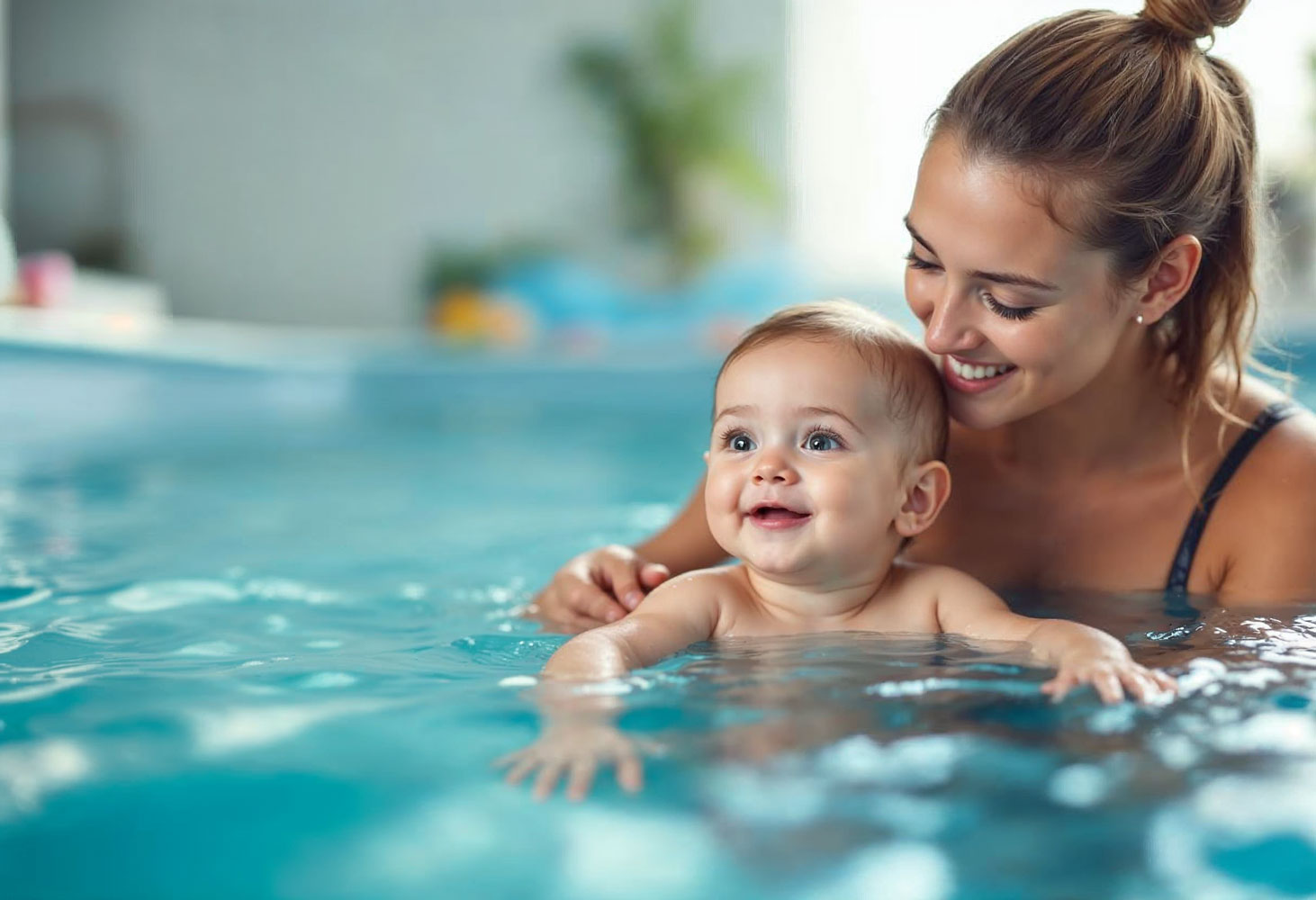Building swimming confidence is essential for anyone looking to enjoy the water safely and comfortably. Confidence in swimming helps individuals overcome their fear of swimming, develop essential skills, and fully embrace the physical and emotional benefits of being in the water.
Whether it’s a child learning to swim for the first time or an adult looking to conquer their fear, focusing on building swimming confidence is the key to turning anxiety into enjoyment.
By practicing gradually, using proven techniques, and creating positive water experiences, anyone can boost their swimming confidence and unlock the joy of swimming.
Identifying the Root Cause of Your Child’s Fear of Water
Understanding why your child is afraid of water is the first step to helping them develop swimming confidence. Fear can stem from various reasons, such as a traumatic experience, lack of exposure, or hearing negative stories about swimming.
Have an Open Conversation
Talk to your child in a supportive and non-judgmental way to uncover their specific concerns. Encourage them to share their feelings openly.
Observe Their Reactions
Pay attention to your child’s behavior during water-related activities. Their reactions can provide valuable insights into the source of their fear.
Starting Slowly: Introducing Water Gradually
Introducing your child to water should be a stress-free and enjoyable process.
Start with Non-Threatening Activities
Begin with simple activities like playing with water toys in a bathtub or dipping toes into a shallow pool.
Progress at Their Pace
Allow your child to set the pace for increased exposure. Gradually move from basic activities to more immersive ones, ensuring you build your children’s swimming confidence at a comfortable pace.
Practicing Breathing Techniques to Stay Calm
Teaching your child proper breathing techniques can reduce anxiety and improve their swimming confidence.
Practice Outside the Water
Start by practicing deep, steady breaths in a comfortable, dry environment.
Move to Shallow Water
Once they are comfortable, transition the breathing exercises to shallow water. This step-by-step approach ensures they feel secure while practicing.
Turning Swimming into a Fun Experience
Use Games and Toys
Incorporate water toys, games, and playful activities to make swimming enjoyable. Colorful toys and challenges can turn swimming into an adventure.
Create Imaginative Scenarios
Pretend to be underwater explorers or play make-believe games to engage your child’s creativity and distract them from fear.
Celebrating Progress with Small and Frequent Milestones
Acknowledge Every Achievement
Celebrate even the smallest accomplishments, such as blowing bubbles or floating for a few seconds.
Use Rewards and Praise
Provide verbal praise, high-fives, or small rewards to recognize their efforts. Positive reinforcement builds confidence in swimming and encourages further progress.
Overcoming Fear with Shallow Water Activities
Start with Simple Activities
Begin with activities like walking in the water, sitting at the edge of the pool, or splashing in ankle-deep water.
Gradually Increase Comfort Levels
As your child becomes more confident, introduce slightly deeper areas while maintaining a safe and controlled environment.
Using Swimming Aids to Build Comfort and Confidence
Introduce Supportive Tools
Start with swimming aids like floaties, kickboards, or pool noodles to help your child feel secure in the water.
Transition to Independence
Gradually reduce reliance on these aids as your child becomes more confident and skilled. This approach encourages independence while maintaining their sense of safety.
The Role of Family Support in Overcoming Water Fear
Be Patient and Encouraging
Provide consistent support and reassurance to your child. Celebrate their efforts and avoid showing frustration if progress is slow.
Lead by Example
Join your child in the water to model swimming confidence and demonstrate that swimming can be safe and enjoyable.
How Group Classes Can Reduce Anxiety
Peer Encouragement
Seeing other children enjoy swimming helps reluctant swimmers feel motivated to join in. Peer support can be a powerful confidence booster.
Shared Learning Environment
Group settings provide a sense of camaraderie and help children feel less isolated in their journey to overcome water fear.
How Professional Instructors Can Help
Join the Piranha Swim Team, where instructors tailor lessons to meet each child’s unique needs, ensuring gradual and comfortable progress. This personalized approach not only builds swimming confidence but also helps children develop essential swimming skills with ease.








